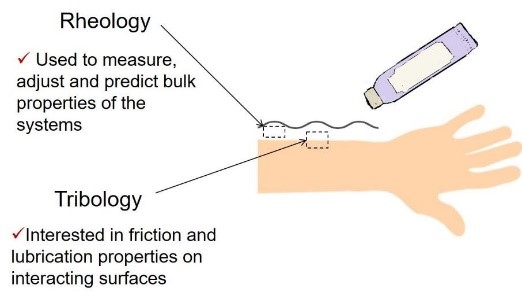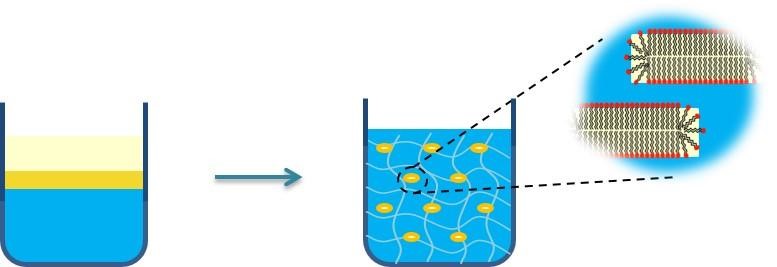Rheology of Complex Materials
Using Rheology to Quantify the Effectiveness of Novel Enzymatic Tumor Treatments
Researcher: Ria Corder
Uterine fibroids are benign tumors composed of altered and disordered collagens which occur in 70-80% of women before age 50. Reducing the stiffness of these tumors can reduce pain and eliminate the need for surgical removal. In malignant breast cancer tumors, which women in the U.S. have a 12% lifetime risk of developing, reducing the tissue stiffness can slow tumor progression.
Uterine fibroids
In collaboration with scientists at NC Central University, Duke University, and NC State’s veterinary school, we are developing treatments for each disease by combining collagenase enzymes with an injectable and biodegradable polymer matrix, which slows the diffusion of collagenase out of the tumor mass. We are performing in-vivo studies on human uterine fibroid tissue implanted in mice and xenograft human breast tumors.
Rheology is a powerful and quantitative technique used to measure a material’s strength and viscoelastic properties, though it is not commonly used on biological samples. By comparing the average stiffness and elasticity of the tissues in each treatment group and as a function of time, we can quantify treatment effectiveness.
Project goals:
- Demonstrate that rheology can be used to measure the strength and elasticity of biological tissues.
- Quantify the effectiveness of enzymatic treatments for uterine fibroids & breast cancer tumors.
- Compare rheological changes to physiological tissue response.
Rheological and tribological properties of multicomponent complex systems containing polymers
Researcher: Barbara Vasconcelos de Farias
Oil-in-water (O/W) emulsions with polymers are amongst the most popular in the personal care industry due to their high water content, which leads to their less greasy feel and lower cost. Since they are thermodynamically unstable, surfactants are used to reduce the interfacial tension between the oil droplet and the aqueous continuous phase. Traditional surfactants used in personal care products can accumulate in the skin and cause a washout effect in the next cleansing, removing the skin’s own lipids, thus there is interest in the use of a class of phospholipids, hydrogenated phosphatidylcholine (HPC), as emulsifiers. This type of phospholipids can form a lamellar membrane similar to the one encountered in the human stratum corneum, which is physiologically compatible and does not irritate sensitive skin.

Consumer acceptance of a product is not only dependent on its efficiency, but is directly related with its sensory perception. Thus, consumer product industries focus on the rheological characteristics of these types of O/W emulsions, as they provide information about flow behavior from manufacturing to final use, in addition to textural properties, such as spreadability or penetration. However, bulk rheometry cannot be a stand-alone characterization technique for cosmetic products. During use, when a moisturizer forms thin lubrication films, the shear-dependent dynamic response of these thin films influences friction forces which relates to the ‘feel’ of a product. Thus, there is a need to use rheological and macroscopic tribological measurements to help predict sensory perception of O/W emulsions with polymers.

In this project, we expect to gain a deeper understanding of tribological behavior of non-Newtonian systems in soft contacts. The ultimate system that is of interest to us includes a hydrophobically modified polymer, a phospholipid, and an oil phase, forming an O/W emulsion. By finding relationships between rheological and tribological properties, we aim to help predicting sensory perception of emulsions for skincare applications.
